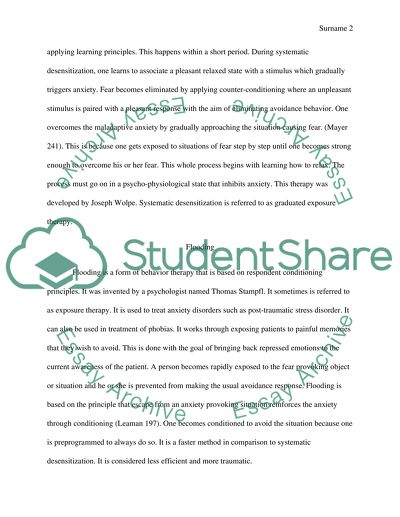Cite this document
(“Systematic desensitization applied to treating phobias & anxiety Term Paper”, n.d.)
Retrieved from https://studentshare.org/psychology/1397765-systematic-desensitization-applied-to-treating
Retrieved from https://studentshare.org/psychology/1397765-systematic-desensitization-applied-to-treating
(Systematic Desensitization Applied to Treating Phobias & Anxiety Term Paper)
https://studentshare.org/psychology/1397765-systematic-desensitization-applied-to-treating.
https://studentshare.org/psychology/1397765-systematic-desensitization-applied-to-treating.
“Systematic Desensitization Applied to Treating Phobias & Anxiety Term Paper”, n.d. https://studentshare.org/psychology/1397765-systematic-desensitization-applied-to-treating.


